Welcome to Egypt...welcome to Alexandria, one of the greatest and most dazzling cities in the Roman Empire. Through the next four Stages we experience the sights and sounds of this vibrant city in flash-back through the vivid memories of Quintus who stayed here with Barbillus, a family-friend, before travelling to Britain.
Digital Activities
These sections have been moved to the Cambridge Elevate platform. Please click below to go to Elevate. Elevate
WebBooks
The Stories
Practising the Language
Please note: the Cultural Background weblinks section has been removed.

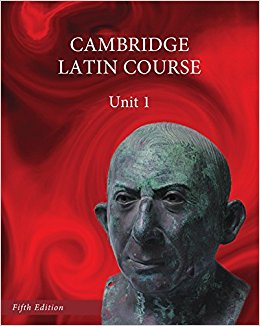












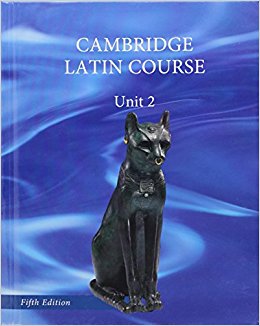








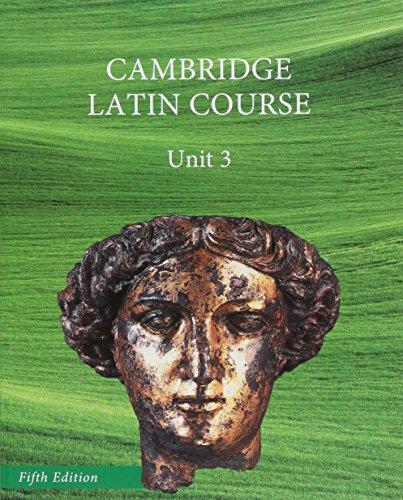













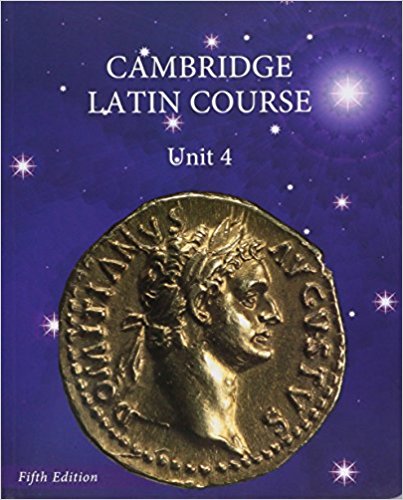














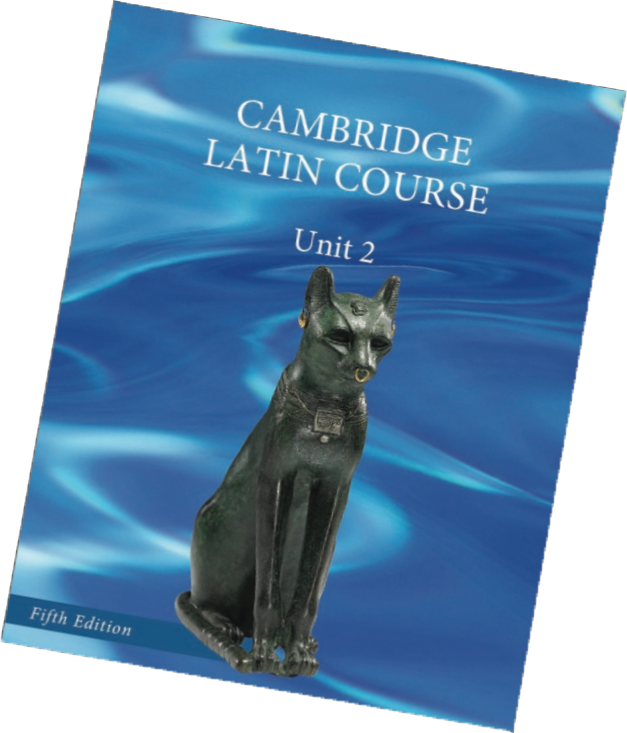

 CSCP on Twitter
CSCP on Twitter